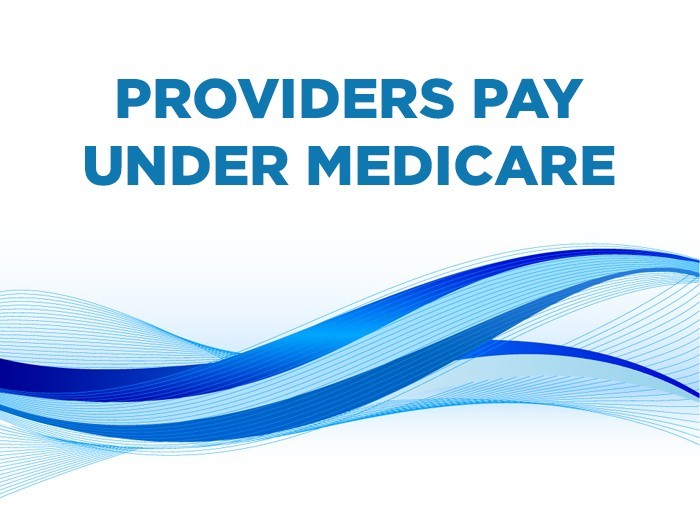How are providers paid under Medicare?
It seems like a good idea to take a hard look to understand who pays the bill in healthcare. As per the statistics, Medicare comprises 22% of the total insurance coverage in the US. CMS divides Medicare into four parts, in which PART A & PART B are traditional Medicare, PART C covers medical advantage plans, and PART D includes prescription drugs. This article will explain how Medicare pays providers for the services performed.
Payment for healthcare providers under Traditional Medicare
The payment system for Traditional Medicare has evolved over the decades but has maintained a fee-for-service payment method to pay each of the providers separately based on the services they provide to the patients. This FFS model in healthcare constituted in the Affordable Care Act pays the doctor on the basis of the work performance and the number of services provided.
Payment under Traditional Medicare reflects through a base payment rate for unbundled services like follow-up care, a hospital stay, or any particular service. That typically depends on the situation and the geographic location of the provider. Thus, the payment rates are updated annually to account for inflation adjustments.
Payment for healthcare providers under Medicare Advantage
Payment system for providers and other health professionals (nurse practitioners) under Medicare Advantage is dependent on the fee schedule, a certain amount for each exam, procedure, and scan. Payment rates for these services are relative value scale. The rates are subject to state. These relative value units (RVUs) are persuaded by the body that assigns this value rating to each provider basis work- performance, office-based practice costs, and the cost of malpractice insurance. Later, these ratings are multiplied by a dollar amount as a conversion factor and submitted to the US government.
This system was established in 1992 and is known as the Resource-Based Relative Value Update Scale (RBRVS). CMS increases Medicare payments for those who practice medicine in medically underserved areas. Under current legislation, the fee that appears on the schedule is subject to a formula, known as Sustainable Growth Rate System (SGR), to restrain overspending through aggregate caps. Under this tool, the amount Medicare pays to the providers has called for cuts as high as 24 percent. To prevent these cuts, SGR has been overridden 17 times and so far prevented its enactment. There is no final model as it is to keep remodeling to keep pace with inflation.
Factors affecting providers payment under Medicare
- Medicare Part A includes a skilled nursing facility, hospice, inpatient hospital, and home health care. Here providers receive reimbursement for hospital-based services per beneficiary discharge. CMS assigns each DRG (Diagnosis-related groups) a payment weightage for reimbursement rates.
- Medicare Part B covers the services and reimburses via fee schedule. These services include surgical procedures, office visits, therapeutic procedures, patient homes, ambulatory surgical centers, diagnostic and anesthesia services.
- Highly-paid providers under Medicare get through the administration of drugs like a cancer drug that accounts for the highest-paying service. That one service can account for a dozen of the most expensive procedures.
- Providers also get paid on the number of submitted bills for treating Medicare beneficiaries in the year.
Healthcare Providers to choose their Medicare participation
Healthcare providers can choose whether to participate in Medicare and fully accept the rates for all the Medicare-covered services. In this case, the main benefit is that they bill Medicare directly for all covered services. Medicare involvement does not affect the provider’s payment. It just means that you are willing to work for a lower rate to serve more patients that have lower-incomes.




